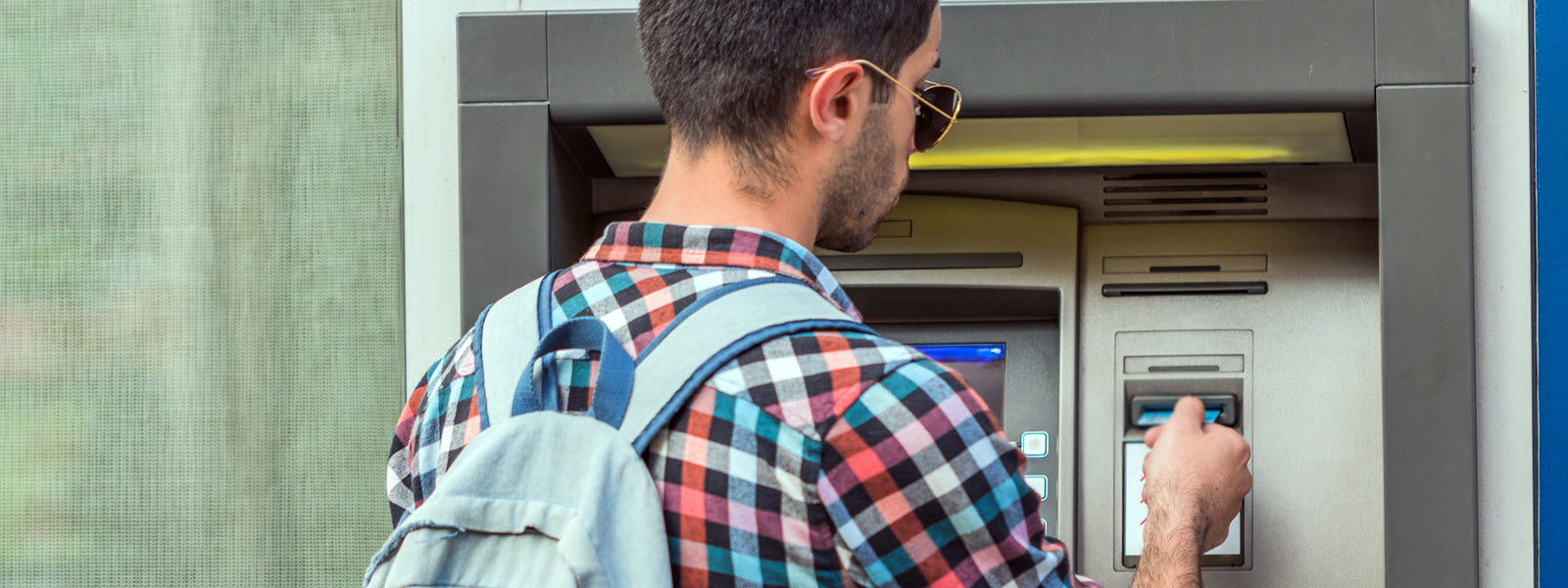Welcome to our new series where we embark on a journey to deepen our understanding of disabilities and their associated barriers. In today’s rapidly evolving world, it is essential to foster an inclusive environment that respects and accommodates the needs of all individuals, regardless of their abilities. By shedding light on the categories and characteristics of disabilities, we can work towards dismantling barriers and creating a more inclusive society for everyone.
Understanding Disabilities
Disabilities are diverse and can manifest in various ways. They can be physical, cognitive, sensory, or mental in nature, and their impact on an individual’s daily life can vary significantly. It is crucial to recognize that disabilities are not limited to physical impairments; they encompass a broad range of conditions that affect a person’s mobility, communication, cognition, and emotional well-being.
Categories of Disabilities
Mobility, Flexibility and Body Structure Disabilities
Physical disabilities refer to impairments that affect a person’s physical movement or ability to perform specific tasks. These disabilities may result from congenital conditions, accidents, or illnesses. Examples include paralysis, amputation, muscular dystrophy, and cerebral palsy.
Visual Disabilities
Visual disability refers to a broad range of conditions that affect a person’s vision, ranging from partial sight loss to complete blindness. It can result from congenital conditions, eye injuries, degenerative diseases, or other health issues. For those who live with visual impairment, daily tasks that most take for granted can become formidable challenges.
Cognitive Disabilities
Cognitive disabilities pertain to challenges in processing and understanding information. These disabilities can affect a person’s learning, memory, attention, problem-solving, and communication skills. Conditions like dyslexia, autism spectrum disorder, and intellectual disabilities fall under this category.
Sensory Disabilities
Sensory disabilities involve impairments related to the senses of sight, hearing, smell, taste, and touch. People with sensory disabilities may be visually impaired, deaf or hard of hearing, or have anosmia (loss of smell). Such disabilities significantly influence how individuals interact with their environment and communicate with others.
Psychological Disabilities
Psychological disabilities encompass a range of mental health conditions that impact a person’s emotional and psychological well-being. Conditions like depression, anxiety disorders, bipolar disorder, and schizophrenia fall under this category.
Characteristics of Disabilities
Understanding the characteristics of disabilities is essential to provide appropriate support and accommodation to individuals facing these challenges. Some common characteristics include:
- Varied Severity: Disabilities can range from mild to severe, with each person experiencing unique challenges and strengths.
- Non-Visible Disabilities: Many disabilities, such as certain cognitive or mental health conditions, are not immediately apparent to others, leading to potential misunderstandings and stigma.
- Intermittent Nature: Some disabilities may have intermittent effects, where a person’s abilities fluctuate over time, making it essential to be flexible and understanding.
- Individuality: Each person with a disability has their individual strengths and coping mechanisms, and it is essential to avoid generalizations or assumptions.
Associated Barriers
Society’s attitudes and physical environments often create barriers that hinder the full participation of individuals with disabilities. These barriers include:
- Physical Barriers: Inaccessible buildings, lack of ramps, and inadequate transportation can limit mobility for people with physical disabilities.
- Communication Barriers: Inadequate communication support, lack of sign language interpreters, and inaccessible information can isolate individuals with sensory or cognitive disabilities.
- Social Stigma: Misconceptions, stereotypes, and discrimination contribute to the social exclusion of people with disabilities.
- Limited Opportunities: Some individuals with disabilities may face limited educational and employment opportunities due to prevailing biases.
- Technological Barriers: While technology has the potential to be inclusive, poorly designed websites, apps, and software can be challenging for people with disabilities to navigate.
As we conclude this introductory session, let us reflect on the importance of fostering an inclusive society that embraces the diversity of abilities. By understanding the categories and characteristics of disabilities and recognizing the barriers that exist, we can actively work towards breaking down these obstacles and creating a world where everyone can fully participate and thrive.
In the upcoming sessions, we will delve deeper into specific disability categories, explore strategies for breaking down barriers, and highlight inspiring stories of individuals who have overcome challenges. Together, let’s build a more inclusive and compassionate world for all.
Thank you for joining me on this journey of discovery and understanding. See you in the next session!




